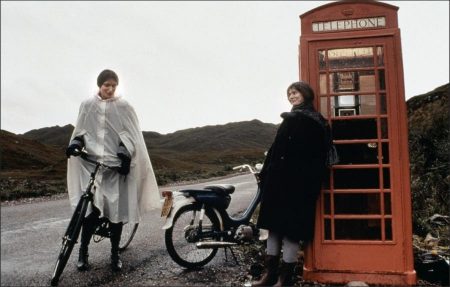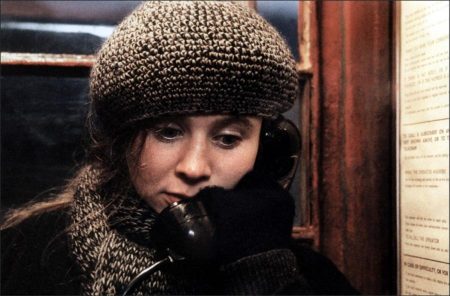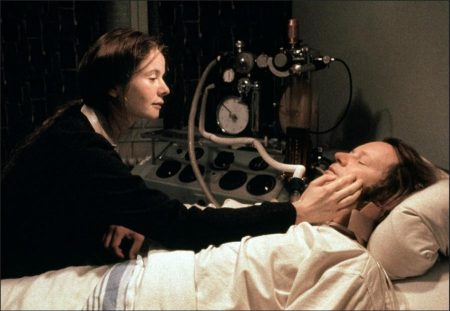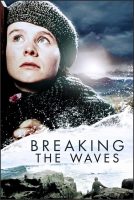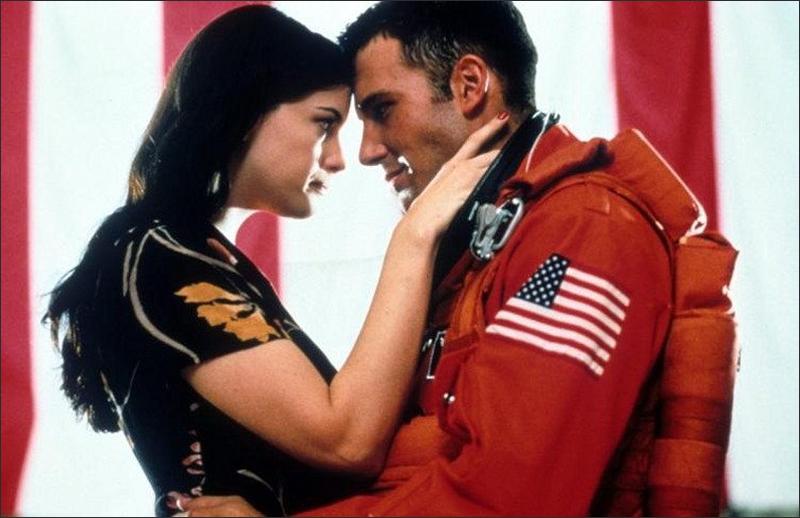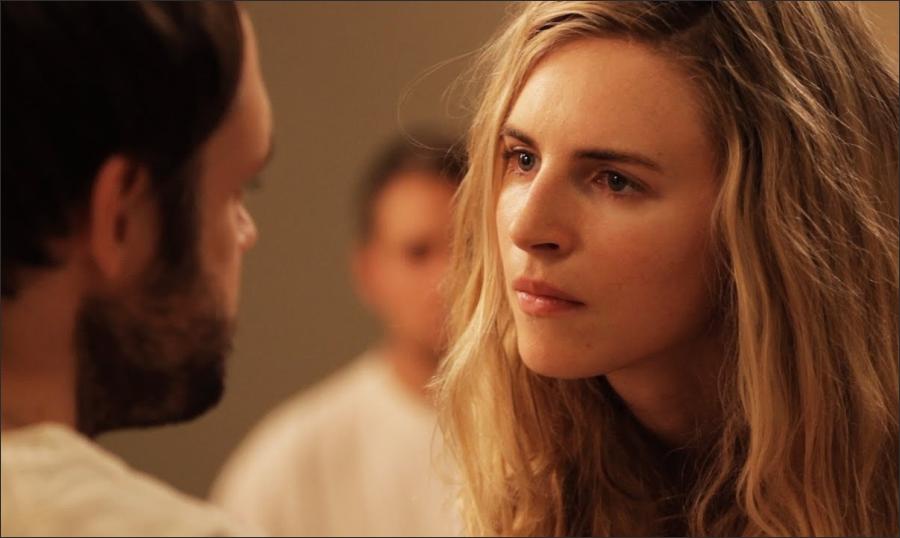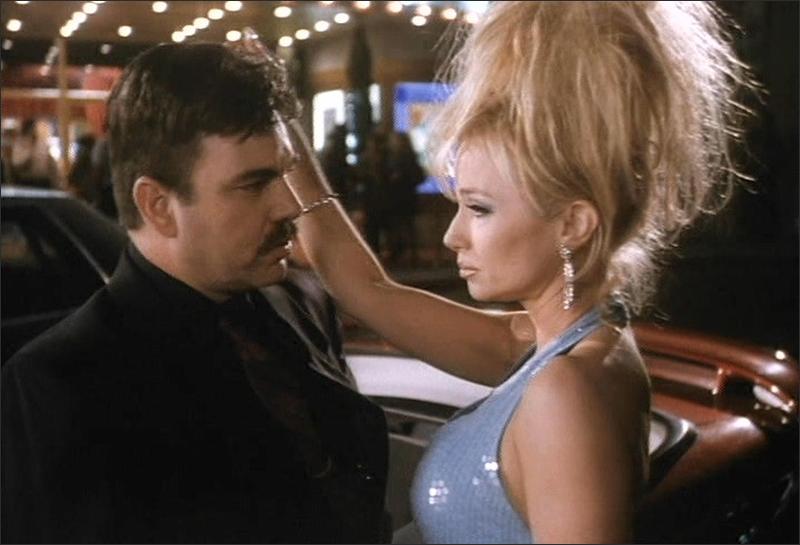Taglines: Love is a mighty power.
Breaking the Waves set in a repressed, deeply religious community in the north of Scotland, where a naive young woman named Bess McNeil meets and falls in love with Danish oil-rig worker Jan. Bess and Jan are deeply in love but, when Jan returns to his rig, Bess prays to God that he returns for good.
Jan does return, his neck broken in an accident aboard the rig. Because of his condition, Jan and Bess are now unable to enjoy a sexual relationship and Jan urges Bess to take another lover and tell him the details. As Bess becomes more and more deviant in her sexual behavior, the more she comes to believe that her actions are guided by God and are helping Jan recover.
Breaking the Waves is a 1996 film directed by Lars von Trier and starring Emily Watson. Set in the Scottish Highlands in the early 1970s, it is about an unusual young woman, Bess McNeill, and of the love she has for Jan, her husband, who asks her to have sex with other men when he becomes immobilized from a work accident. The film is an international co-production led by Lars von Trier’s Danish company Zentropa. It is the first film in Trier’s Golden Heart Trilogy which also includes The Idiots (1998) and Dancer in the Dark (2000).
Breaking the Waves won the Grand Prix at the 1996 Cannes Film Festival, the César Award for Best Foreign Film, and three awards at the 1996 European Film Awards, including Film of the Year, International Film Journalists Award, and European Actress of the Year (Emily Watson). Emily Watson was also nominated for the 1996 Academy Award for Best Actress, the 1996 British Academy of Film and Television Arts award and the National Society of Film Critics prize.
The film is divided into seven different chapters. Each chapter begins with a different impressionistically filmed panorama title frame featuring early 1970s rock music interludes. Each of these chapters is filmed with a motionless camera, but features movement in the panorama. In the original released film, the epilogue, “Bess’ Funeral,” features David Bowie’s “Life on Mars,” which was replaced by Elton John’s “Your Song” on early home video releases; the more recent Criterion edition restores the Bowie song.
The overall style is heavily influenced by the realist Dogme 95 movement, of which von Trier was a founding member, and its grainy images and hand-held photography give it the superficial aesthetic of a Dogme film. However, the Dogme rules demand the use of real locations, whereas many of the locations in Breaking the Waves were constructed in a studio.[citation needed] In addition, the film is set in the past and contains dubbed music, as well as a brief scene featuring CGI, none of which is permitted by the Dogme rules.
Some saw Breaking the Waves as mainstream cinema. Others saw it as a high budget experimental film due to its elaborate chapter shots and handheld camera in a sketchy raw style that followed the actors closely. Breaking the Waves marked an important change in focus for Lars von Trier. In von Trier’s early films, the protagonist is a man, typically a disillusioned idealist whose downfall is furthered by a deceitful, fatal woman.
In this film, for the first time the protagonist is a woman, emotional and naive. This motif continues in his later films, except for the comedy, The Boss of It All. Breaking the Waves controversially connects religion with eroticism. The film focuses on sexual perversity and female martyrdom, issues that continue in Trier’s later work. Some critics see the self-sacrificing submissive heroine as a misogynist cliche.
The film was made using Panavision equipment. The low-res look of the scenes was obtained by transferring the film to video, and then back to film again. According to von Trier, “what we did was take a style and lay it like a filter over the story. It’s like decoding a television signal when you pay to see a film. Here we encoded the film, and the audience has to decode it. The raw, documentary style that I imposed on the film, which actually dissolves and contradicts it, means that we can accept the story as it is.
Breaking the Waves (1996)
Directed by: Lars von Trier
Starring: Emily Watson, Stellan Skarsgård, Katrin Cartlidge, Jean-Marc Barr, Adrian Rawlins, Jonathan Hackett, Udo Kier, Mikkel Gaup, Robert Robertson, Sarah Gudgeon
Screenplay by: Lars von Trier, Peter Asmussen
Production Design by: Karl Júlíusson
Cinematography by: Robby Müller
Film Editing by: Anders Refn
Art Direction by: Manon Rasmussen
MPAA Rating: R for strong graphic sexuality, nudity, language and some violence.
Distributed by: October Films
Release Date: November 13, 1996
Views: 185
